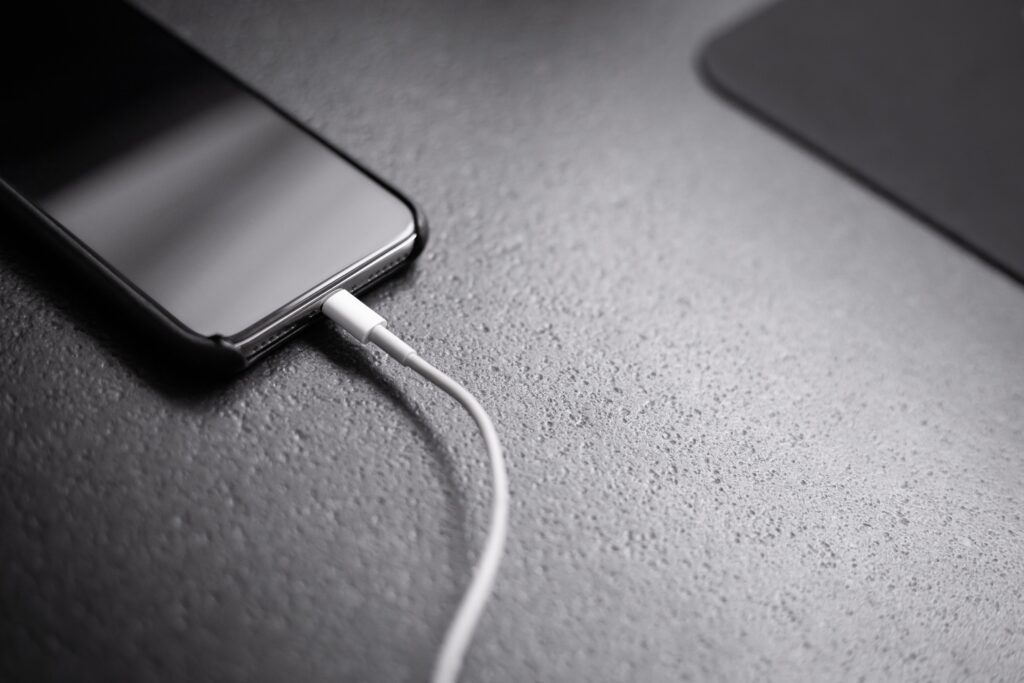USB-C will be the common charging port format for smartphones, tablets, cameras, and video game consoles
The Council of the European Union approved the proposal to create a common charger for all smartphones, tablets, digital cameras, headphones, portable speakers, and video game consoles.
The proposal was submitted by the European Union back in September 2021, provoking serious concerns on whether it could be feasible.
Now, the EU is working on draft legislation for a common standard port for charging for all electronic devices to make USB-C the universal charging socket and lower the quantity of electronic waste. In addition, the EU also aims at separating the sale of chargers from the sale of electronic devices, to reduce the electrical equipment waste.
“Today, member states agreed on a negotiating mandate for the common charger proposal. The proposal aims to make sure that it is no longer needed to buy a new charger every time you purchase a new mobile phone or similar item and that all devices can be recharged using the same charger” the Council of the EU stated in a written announcement.

As the EU explained, “the proposal will improve consumer convenience by harmonizing charging interfaces and fast charging technology. With this new law, the sale of chargers will be unbundled from the sale of electronic devices, so a new charger will not necessarily be included when buying a new device. This will reduce the electronic waste associated with the production, transportation, and disposal of chargers”.
The common charger will follow several technical specifications which will be determined by the EU. In January, the ambassadors in the Council’s Permanent Representatives Committee (Coreper) approved the proposal and now the Council is in the process of negotiations with the European Parliament to determine how the universal charger project will proceed.
It is estimated that more than 250 million euros could be saved from unnecessary purchases of chargers. Additionally, the European Commission expects to reduce electronic waste by about 1,000 tons per year.
“To improve consumer information, the Council added an annex to the proposal with a pictogram indicating whether a charging device is offered together with the device, as well as a label indicating charging specifications” the EU noted.
Apple to be most affected
Although it is not yet clear when the universal charger plan will be implemented, the upcoming legislation will particularly affect the Apple company. USB-C chargers are commonly used for Android devices while the iPhone maker uses its chargers with different standards. There are also USB Micro-B chargers that are already in retreat. Apple continues to use its Lightning connector instead of the USB-C port adopted by most of its competitors and this EU decision is likely to have an impact on its sales in Europe.
Reducing the number of chargers is not a current issue within the European Union. Years of negotiations have resulted in reducing the number of different chargers for electronic devices from 30 to three dominant standards. Now, the EU has chosen USB-C as the common charging port format and the coming months are eagerly awaited to see how such a decision will affect the electrical market in Europe.



